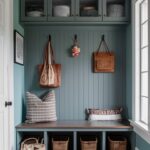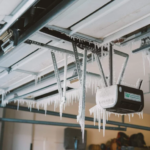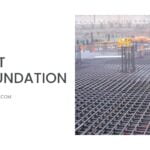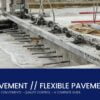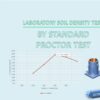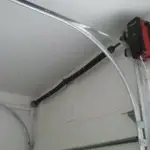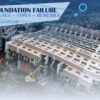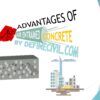When you think about construction projects, traditional materials like concrete, steel, and wood likely come to mind. However, engineered fabric structures are becoming increasingly popular due to their numerous benefits. These innovative structures offer a wide range of advantages that make them a great choice for various construction projects.
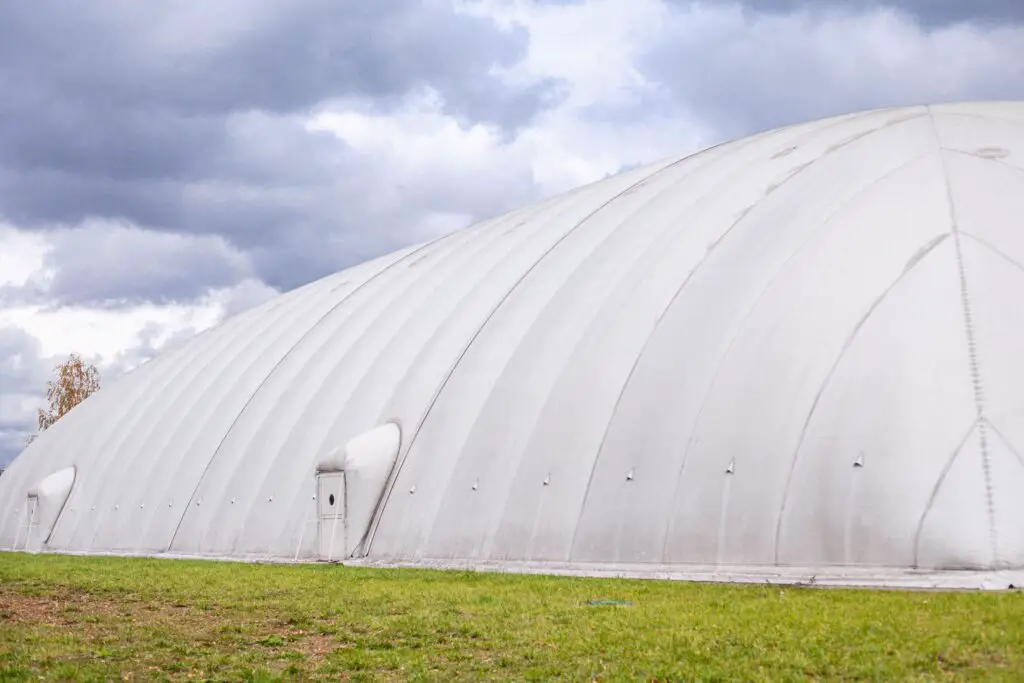
They Are Cost-Effective
One of the main benefits of engineered fabric buildings or structures is their cost-effectiveness. Compared to traditional building materials, fabric structures are generally more affordable. You’ll save on material costs, and since these structures are lighter, they often require less extensive foundations. This can significantly reduce your overall construction budget.
Additionally, the savings don’t stop at the initial construction phase. The lower maintenance costs associated with fabric structures mean that you’ll continue to save money throughout the building’s lifespan. This makes engineered fabric structures an attractive option for those looking to maximize their return on investment.
They Are Quick To Install
Engineered fabric structures are known for their quick installation process. Unlike traditional buildings that can take months or even years to complete, fabric structures can be erected in a matter of weeks. This means you can get your project up and running faster, saving both time and money. The quicker your structure is ready, the sooner you can start using it.
The speed of installation also means less disruption to your site and surrounding areas. With fewer heavy machines and construction activities needed, the impact on the environment and nearby communities is minimized. This is especially beneficial for projects in sensitive or urban areas where prolonged construction could be problematic.
They Are Flexible And Versatile
Fabric structures are incredibly versatile and flexible. They can be customized to fit a wide variety of needs, whether you’re constructing a warehouse, sports facility, or temporary event space. The design possibilities are virtually limitless, allowing you to create a structure that perfectly meets your requirements. Additionally, fabric structures can be easily expanded or reconfigured as your needs change.
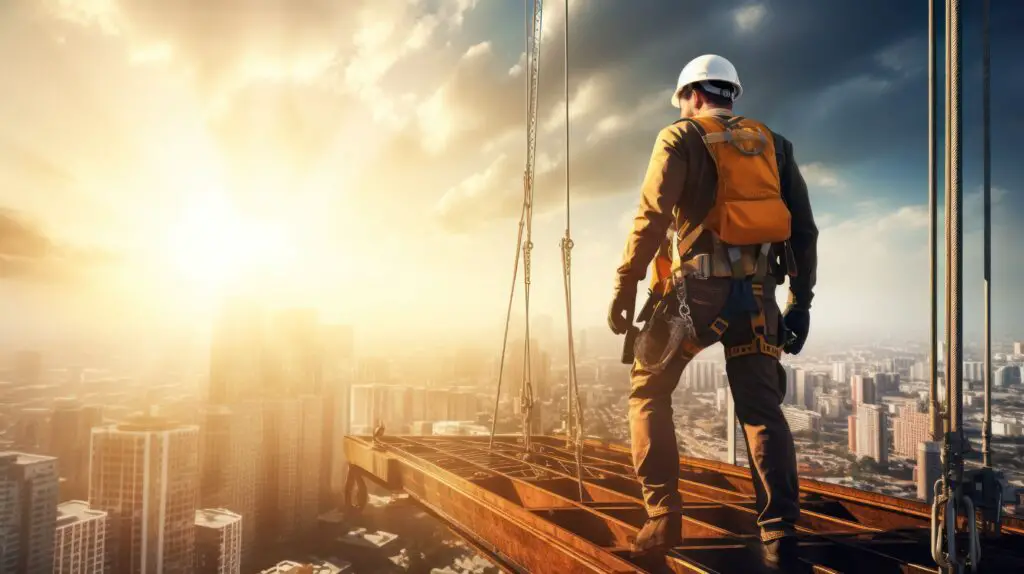
They Are Strong And Durable
Despite their lightweight nature, engineered fabric structures are highly durable and strong. They are designed to withstand various weather conditions, including heavy snow, strong winds, and even seismic activity. The high-quality materials used in these structures ensure they have a long lifespan, providing you with a reliable and long-lasting solution. Advanced engineering and materials technology contribute to the resilience of these structures.
They Are Energy Efficient
Energy efficiency is another significant benefit of using engineered fabric structures. These structures often incorporate advanced insulation materials that help maintain a consistent indoor temperature. This can reduce your heating and cooling costs, making the structure more environmentally friendly. Plus, many fabric structures allow natural light to filter through, reducing the need for artificial lighting during the day.
They Only Require Little Maintenance
When it comes to upkeep, engineered fabric structures have the upper hand. Traditional buildings often require regular upkeep to maintain their integrity and appearance. In contrast, fabric structures are designed to be low-maintenance. The materials used are resistant to mold, mildew, and corrosion, reducing the need for frequent repairs and maintenance. This can save you both time and money in the long run.
They Are Planet-Friendly
If you’re looking for an eco-friendly construction solution, engineered fabric structures are an excellent choice. The production of these structures typically has a lower environmental impact compared to traditional building materials. And many fabric structures are designed to be recyclable, further reducing their environmental footprint. Choosing fabric structures can help you achieve your sustainability goals.
They Are Easy To Relocate
One of the unique advantages of fabric structures is their mobility and relocatability. If your needs change or you need to move the structure to a different location, it can be easily disassembled and reassembled elsewhere. This makes fabric structures ideal for temporary or semi-permanent installations, providing you with a flexible and adaptable solution.
This mobility is particularly useful for industries such as mining, oil and gas, and construction, where temporary shelters are often required. Having a structure that can move with your project can save significant costs and logistical headaches. It also ensures that you have consistent infrastructure support wherever your operations take you.
They Have Better Aesthetics
Engineered fabric structures can offer improved aesthetics compared to traditional buildings. The sleek, modern design of fabric structures can enhance the visual appeal of your project. Additionally, these structures are available in a variety of colors and designs, allowing you to create a unique and attractive space that stands out.
The visual appeal of fabric structures is not just about looks. The design can also enhance functionality.
They Help In Promoting Safety And Legal Compliance
Safety is always a top priority in construction, and engineered fabric structures do not compromise in this area. These structures are designed to meet or exceed building codes and safety standards. They are engineered to provide a safe and secure environment for occupants. Furthermore, the materials used in fabric structures are fire-resistant, adding an extra layer of safety.
In addition to fire resistance, fabric structures often incorporate features that enhance overall safety, such as anti-slip flooring and secure anchoring systems. These safety measures ensure that your structure is not only compliant with regulations but also provides a safe environment for users, whether it’s for storage, sports, or industrial use.
To Conclude
Engineered fabric structures offer a wide range of benefits that make them an excellent choice for construction projects. From cost savings to quick installation and so much more, these structures provide a practical and innovative solution. Their reduced maintenance, eco-friendliness, mobility, and improved aesthetics further enhance their appeal.

